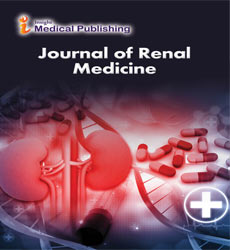Abstract
DPP-4 inhibitors versus SGLT-2 inhibitors; cons and pro
Type 2 diabetes mellitus (T2DM) is a progressive, chronic disease characterized by hyperglycemia. Despite recent advances to early diagnosis and prevention, its prevalence is rising worldwide. More than half of the T2DM patients do not achieve optimal glycemic control according to current guidelines. It is obvious that the need for new antidiabetic treatment and the achievement of therapeutic targets is of great importance in order to prevent micro- and macrovascular complications as well as morbidity and mortality. The most recent therapeutic choices for the management of T2DM are dipeptidyl peptidase 4 (DPP-4) inhibitors, glucagon-like peptide 1 (GLP-1) receptor agonists and sodium–glucose cotransporter 2 (SGLT-2) inhibitors. In this article, we summarize the mechanism of action, the advantages and disadvantages of SGLT-2 and DDP-4 inhibitors, their effect on cardiovascular (CV) events, their role in current guidelines for T2DM treatment and how they are implemented in daily clinical practice.
Author(s): Xourgia E, Papazafiropoulou AK*, Karampousli E, Melidonis A
Abstract | Full-Text | PDF
Share This Article
Google Scholar citation report
Citations : 55
Journal of Renal Medicine received 55 citations as per Google Scholar report
Abstracted/Indexed in
- Google Scholar
- Secret Search Engine Labs
Open Access Journals
- Aquaculture & Veterinary Science
- Chemistry & Chemical Sciences
- Clinical Sciences
- Engineering
- General Science
- Genetics & Molecular Biology
- Health Care & Nursing
- Immunology & Microbiology
- Materials Science
- Mathematics & Physics
- Medical Sciences
- Neurology & Psychiatry
- Oncology & Cancer Science
- Pharmaceutical Sciences

